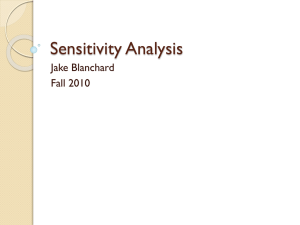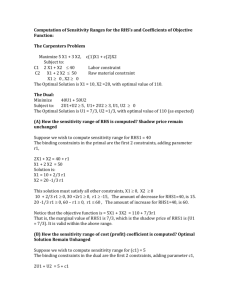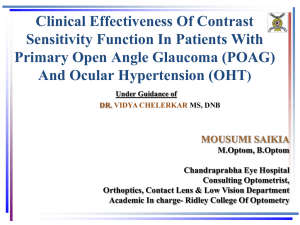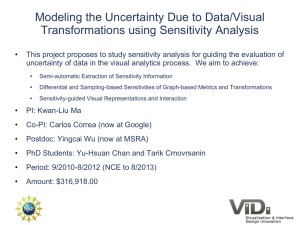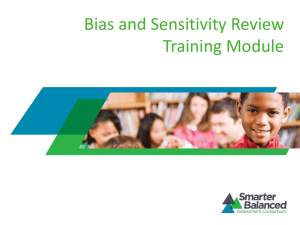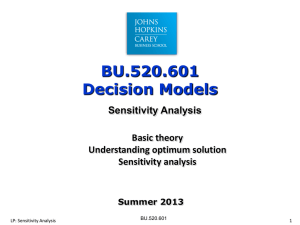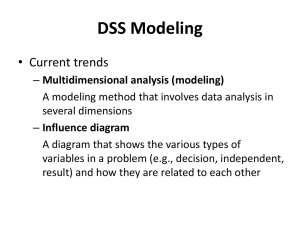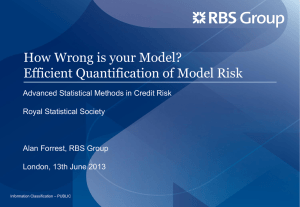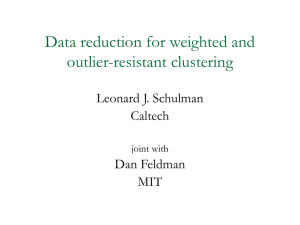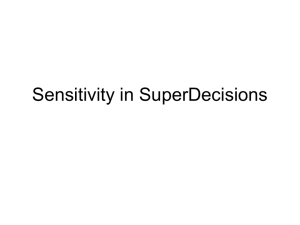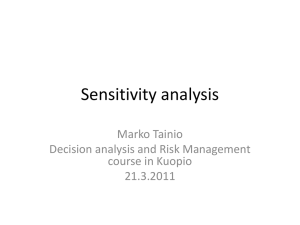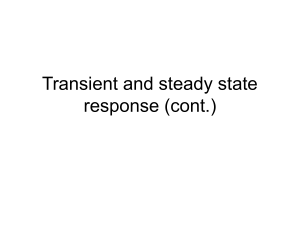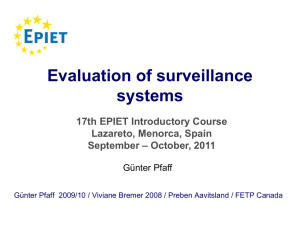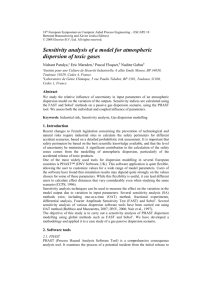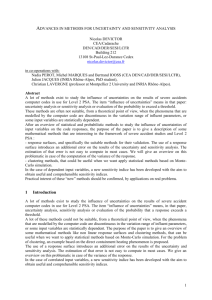Profit sensitivity analysis
advertisement
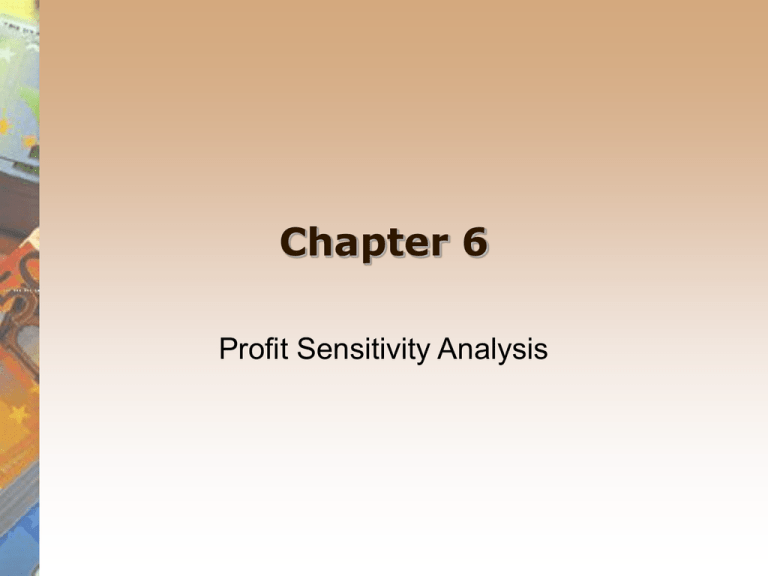
Chapter 6 Profit Sensitivity Analysis Profit sensitivity analysis (PSA) Profit sensitivity analysis (PSA) is a management information tool that assesses how profit reacts to changes in various key variables that make up the overall profit figure. It is a valuable tool in profit planning and decisionmaking as it can show which factors have the greatest influence on profit. Key variables The profit multiplier or sensitivity rating The process in applying PSA is to take any one variable and assess the effect on profit of changes to that variable. For example, should sales volume increase by 10 per cent and the resulting effect on profit is an increase of 15 per cent, then profit is deemed to be sensitive to changes in sales volume. This sensitivity can be measured through the profit multiplier or sensitivity rating which in the above case is 1.5 times (15% 10%). The profit multiplier or sensitivity rating is calculated as follows: Profit multiplier / sensitivity rating = Effect on profit Change in key variable Example 6.1: Profit sensitivity analysis A) Competition is such that sales volume drops by 10 per cent B) The business is forced to cut prices by 10 per cent to maintain sales C) Cost of raw material increases by 10 per cent D) Variable costs increase by 10 per cent E) Fixed costs increase by 10 per cent Interpreting the sensitivity ratings Key variable Sales volume Sales price Cost of sales Other variable costs Fixed costs Sensitivity rating 2 times 5 times 2.5 times 0.5 times 1 More sensitive to changes in selling price than to changes in costs and changes in sales volume. Reductions in cost of sales have a greater effect on profit than reductions in fixed and other variable costs. Ultimately in maintaining satisfactory profit levels, this business should pay particular attention to pricing levels, after which it should focus on cost of sales / variable costs and sales volume. Illustration 6.1: Profit sensitivity analysis Illustration 6.1: Profit sensitivity analysis Illustration 6.1: Profit sensitivity analysis Key variable Sales volume Sales price Cost of sales Other variable costs Fixed costs Sensitivity rating 8 10 1 1 7 Fixed and variable cost structures If break-even is not achieved, the extent of the loss is minute Must achieve higher levels of sales to break-even To achieve high profit levels, high volume sales must be generated (low contribution/sales margin) Once break-even point is achieved, high levels of profit can be achieved (high contribution/sales margin) Limitations of sensitivity analysis It does not assign probabilities on the possibilities of fluctuations in key variables. It does not consider the effect on projected outcomes of more than one variable at a time.

